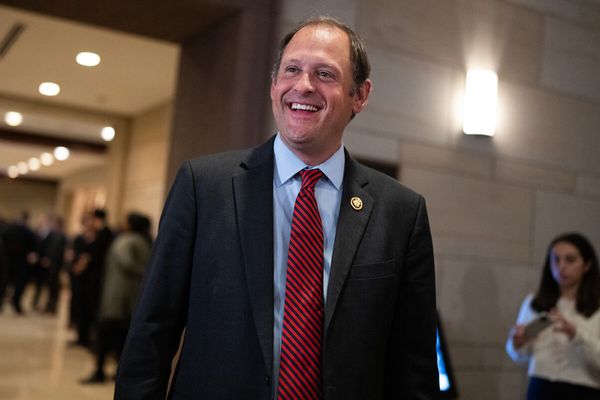
Within the finance sector, ESG might seem like a trend that’s only really caught on in the past few years—but a lesser-known banking law passed in 1977 laid the groundwork for modern ESG policies and the $450 billion community development financing industry, and it’s being updated to serve low-and-moderate-income communities amidst changes in the banking and housing sectors.
The Community Reinvestment Act was passed in response to redlining practices perpetuated by banks, which were systematically lending money to certain (often white, wealthy) neighborhoods and leaving poorer areas without access to capital. The law requires banks to invest a certain amount of their capital in low-to-moderate income areas, facilitating home loans and supporting local business.
“I can tell you the difference…in terms of what Crown Heights or Bed-Stuy or East New York used to look like,” says Lloyd Brown, a longtime executive credentialed in advising on CRA issues, speaking about three such low-income areas in New York City. “Now, there's a challenge in terms of gentrification, but how do you balance providing affordable housing, others coming back to the community, and the impact of long-term residents? It's not as easy as what one might think—It's about being somewhere in the middle, like the rest of life.”
Speaking at the Fortune Future of Finance conference, Brown was joined by Jesse Van Tol, President and CEO of the National Community Reinvestment Coalition, and Tom Davidson, founder and CEO of EVERFI from Blackbaud, which hosted the breakout session. “I call the CRA the original corporate responsibility and ESG framework,” Van Tol said. “You can thank CRA for the rise of the entire [community development lending] industry.”
But new economic developments and trends in the banking industry have been subverting the original mission of the CRA. More and more consumer capital is stored in non-bank fintechs such as PayPal, which aren’t subject to the same equitable lending laws. And changing demographic trends mean banks have been funneling CRA money supposedly earmarked for low-income Americans to wealthier homeowners instead.
Rapid gentrification has disrupted the lending equation for banks and allowed them to tick CRA boxes by lending to wealthy homeowners buying property in lower-income neighborhoods. And while the policy has proven effective in getting low-income Americans home loans, it’s for the most part stopped there—leaving people on their own to figure out budgeting for a mortgage, maintaining a credit score and not getting foreclosed on.
Those concerns were big factors behind sweeping CRA reforms passed last fall, which updated the laws to the new banking landscape by highlighting the role of mobile and online banks, updating funding processes, and integrating more advanced data collection processes into evaluating outcomes.
“When the CRA was passed, interstate banking wasn’t a thing. The internet wasn’t a thing. The ways in which banks were incentivized to serve the community was based on where they had branches, and as more banks have moved to branch-light or branchless mode, the CRA has not adapted. The new CRA solves that,” Van Tol said.
The new CRA isn’t a panacea, though. Regulators and banking executives are still working through the details of how to implement equitable lending policies most effectively—and how to do it in a way that leverages as much capital as possible, and remains profitable for the private sector.
“I think the areas of opportunity are how do we manage the intersection between technological advances and where CRA started 47 years ago,” Brown said. “There are a host of players that derive some federal or government benefit that do not have a corresponding obligation. And I think if we reframe the conversation to say, how many people or institutions can be brought to the table, CRA could go further.”
Part of the effort involves reshaping the narrative around CRA loans, which institutions have proven can be just as secure and profitable as banks’ unrestricted lending.
“Many people have this misnomer that the CRA is about making bad loans intentionally. That’s not true,” Brown said. “Yes, we’re required to do it by regulation. We need to do it in the right way that’s consistent with breaking down shareholder value.”
Better recording and usage of data is helping banks better tailor CRA loans for specific markets and help support healthier long-term outcomes long after a loan is finalized.
“AI is super interesting in this because it allows you to totally reimagine the hyper-localized storytelling in this stuff,” Tom Davidson said. “We’re spending a lot of time on that and putting it in the hands of community organizations who are doing that work as well as lenders and others. That’s a lot of new wood that’s getting chopped, and it’s fascinating.”
Brown, who has dealt with CRA financing in New York for decades, noted that the policy has been hugely influential in its first 50 years—and new changes should help it maintain its role as a key law in the equitable lending space and guide public policy conversations.







